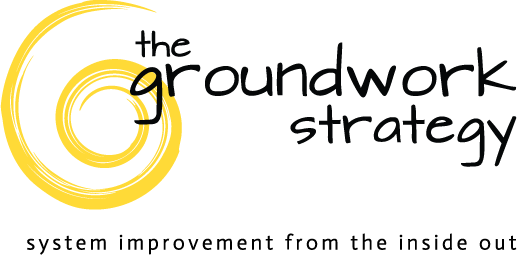...we should listen with three ears: two on our head and one in our heart.
- Archibald (1997)
When delivering workshops on system improvement, the number one question that gets asked is some variation of “how do we get others on board with our change initiatives?” Sometimes it’s framed as convincing, sometimes engaging, and often as overcoming resistance.
This is a key challenge facing those wanting to lead improvement in their organizations and I always get the sense that people want the “five easy steps to engaging others” checklist. So, here’s the bad news, not only are there not five easy steps, I don’t believe there is any way around the tough slog that involves: intentional and authentic listening - including tough conversations - and deep self-reflection.
Intentional and Authentic Listening – instead of talking people into change, try to listen them into change. You can listen in subtle ways, by paying attention to signals around you, or in more explicit ways, by engaging in ‘tough’ conversations. The toughest part about the necessary conversations can be finding the time to have them. Once time is made, you need to stay open - watching your facial expressions, body language, and words – and try and maintain a state of curiosity about why the idea you have fallen in love with, might be threatening or distressing to others.
When people feel truly heard, when their concerns result in adaptation of an idea or how it is tested, you may be surprised to find that resistance is transformed into energy for change. Resistance is a signal to you that the idea you propose could actually have some impact. If you come up with an idea for change that provokes no ‘resistance’, I would challenge you to come up with something more transformational ;-).
Deep Self-Reflection – while people often turn to Rogers’ Curve[1] as a tool for classifying their colleagues’ response to change, it can be very helpful to recognize that we all have been ‘laggards’ at some point. Put another way, there has never been an idea for change that I came up with that I didn’t love! So, on a very basic level, thinking about how we have responded to ideas that another person has generated can be quite helpful. Reflecting on the principle that ‘we are all part of the system’ is also useful. Consider how your actions or inactions, your willingness to speak up or not, contribute to holding the ‘unchanged present’ in place. Finally, consider how to get honest feedback on your response to change – we all have ‘blindspots’ and require “ruthlessly compassionate partners who will tell the truth”[2] when we ask.
What do you think? Can we talk people into change or is it time to try listening?
